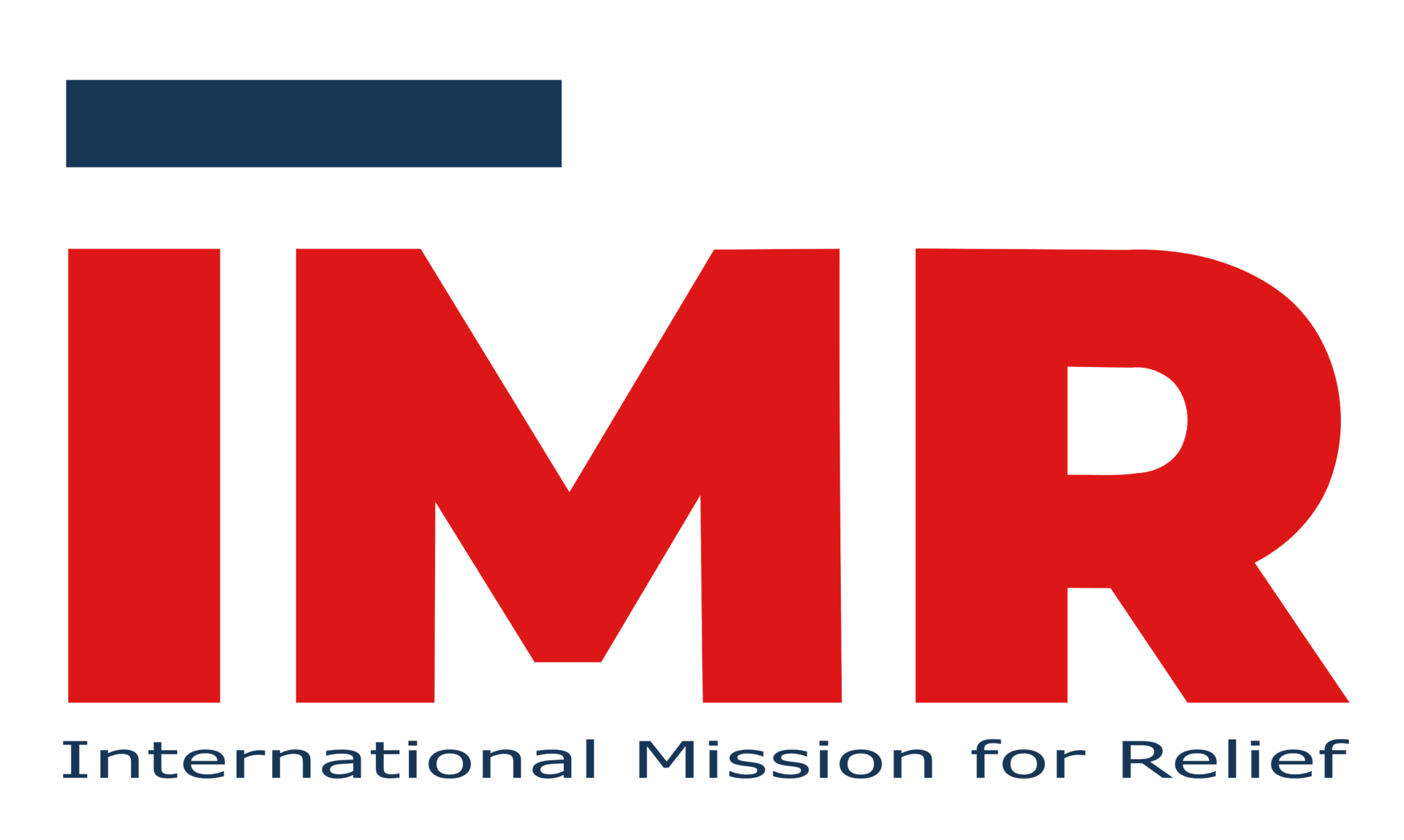IMRELIEF SERVING SYRIAN REFUGEES
Country Updates - February 2025
WELCOME BACK TO YOUR HOME SYRIANS!
According to the UNHCR, 27 percent of Syrian refugees in Jordan, Lebanon, Iraq, and Egypt plan to return home within the next 12 months—a sharp increase from less than 2 percent recorded in April 2024. However, those returning face immense challenges, including destroyed property and a lack of infrastructure, which significantly interrupt the availability, accessibility, and affordability of food supply.
Meanwhile, nearly two million people remain in over 1,500 camps across Idlib and northern Aleppo, where ongoing safety concerns and inadequate essential services continue to hinder their return.
IMRelief is currently carrying out food distributions for Syrian refugees to overcome barriers to food access and availability. We successfully reached 40,000 people nationwide to-date, but the needs of the displaced are immense.
Your help will propel us many steps forward toward keeping Syrian families fed and safe.
Photos from IMR Food Deliveries - JAN/FEB 2025

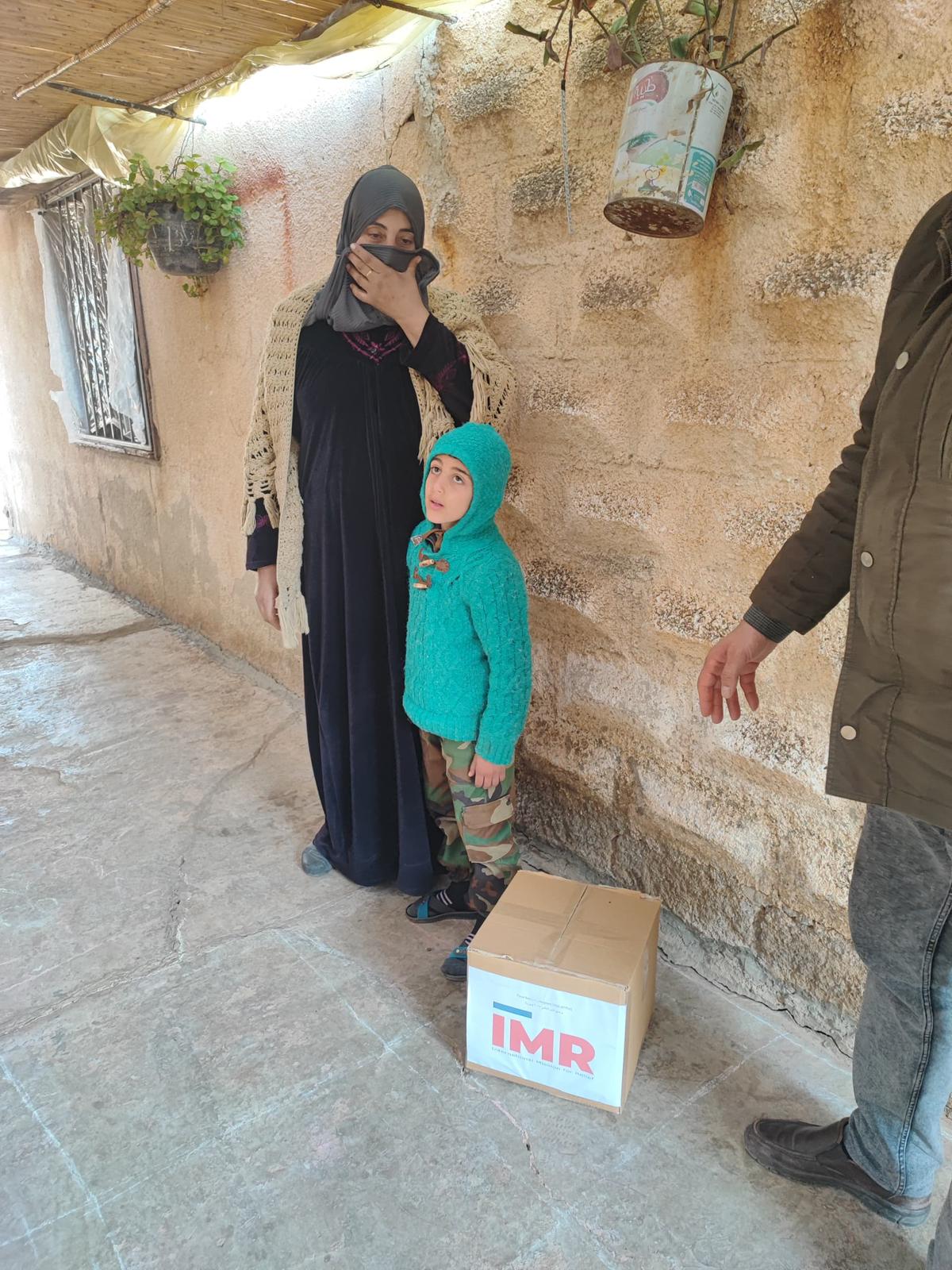
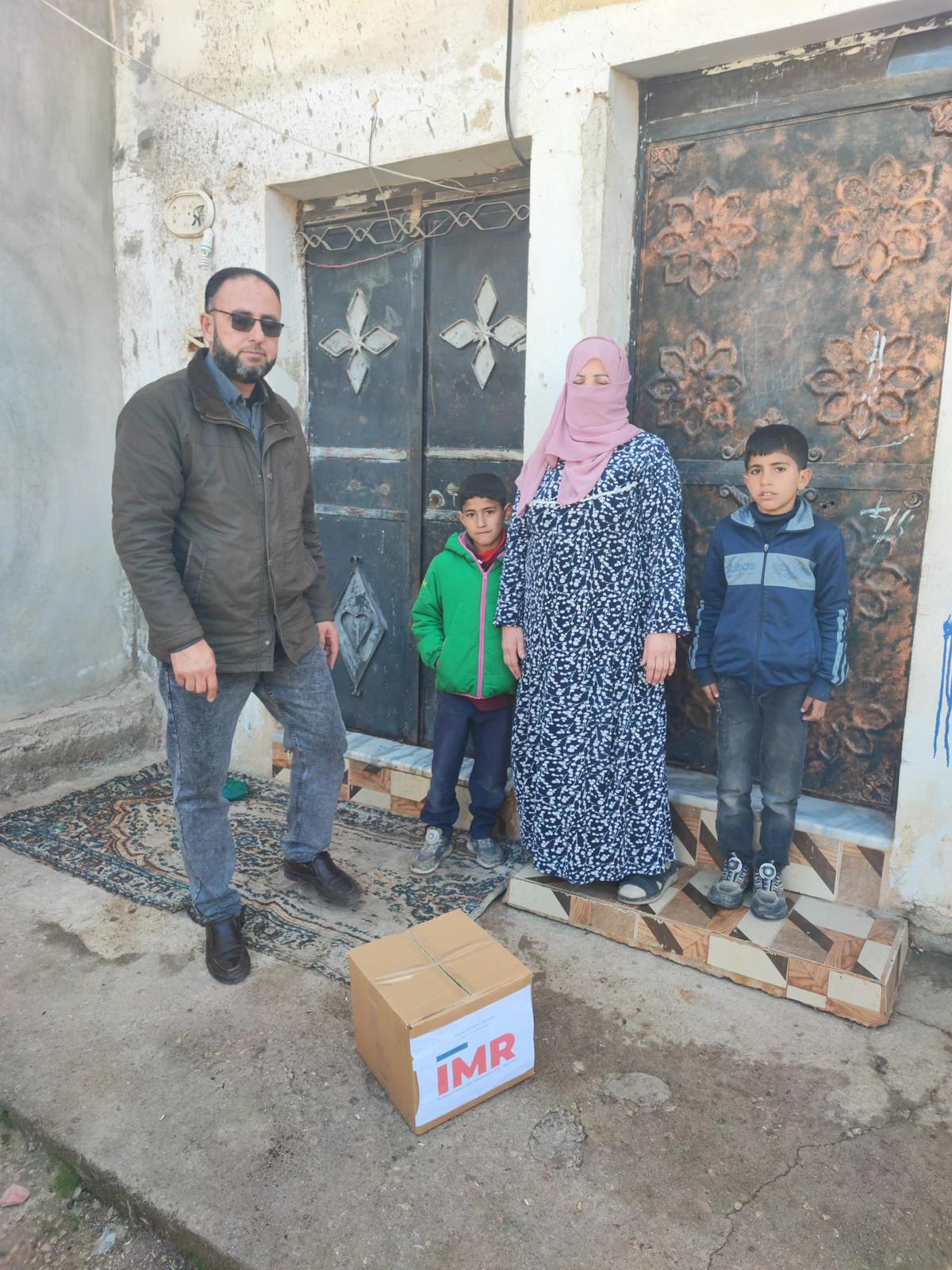
Country Context
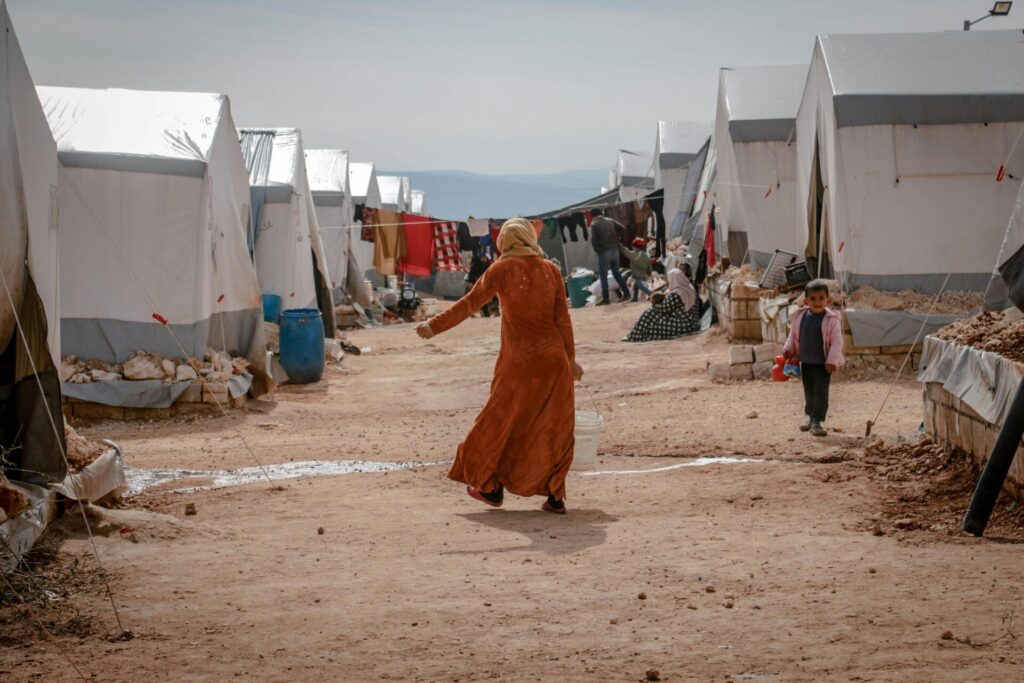
Syria is one of the top-ten countries with the highest number of hungry people. 12.9 million Syrians – more than half the population – are in the grip of hunger in 2024. 2.6 million are at risk of becoming food insecure.
The protracted conflict, combined with soaring inflation, a weakened domestic food system and continued sporadic shocks such as the disastrous earthquakes in February 2023, have brutally set back the standard of living by decades. Now, more than 70% of Syrians live in poverty.
Roughly 6.8 million people are internally displaced, while 5.5 million have been forced out of their country.
Key Figures and Notes
(internally or forced out of the country)
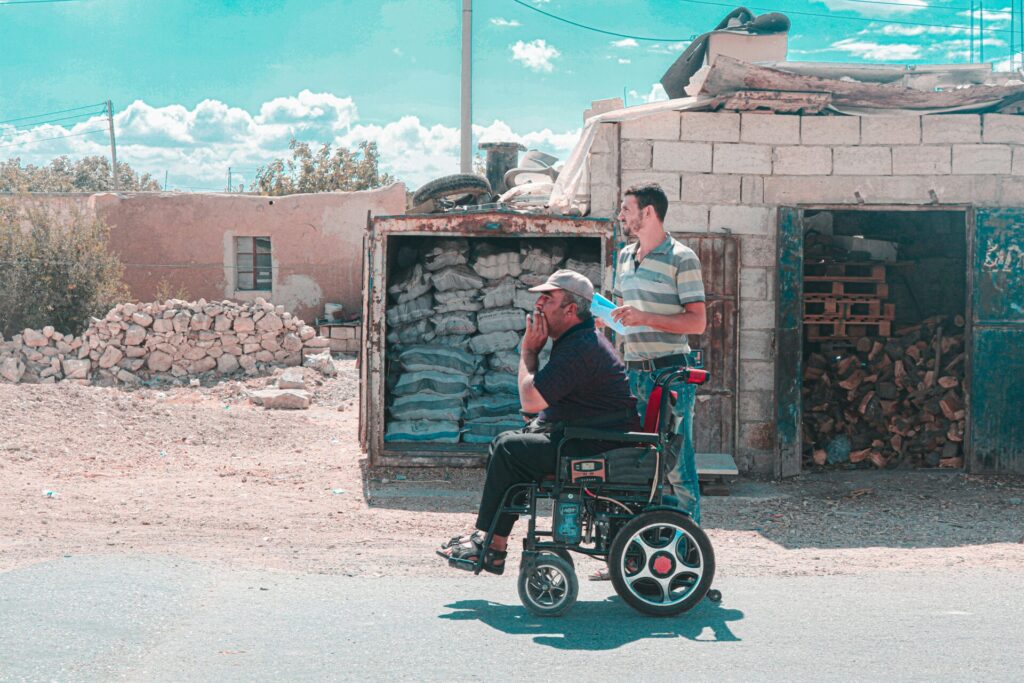
IMRelief Highlights
Food Security
IMRelief aims to provide food assistance to the most vulnerable families who have been affected by conflict, economic decline and climate change.
IMRelief feeding campaigns are timed around seasonal spikes such as Ramadan and winterization stocks. In addition, our campaigns prioritize the following demographics: children of school-age (school meals), and infants and pregnant and nursing mothers.
